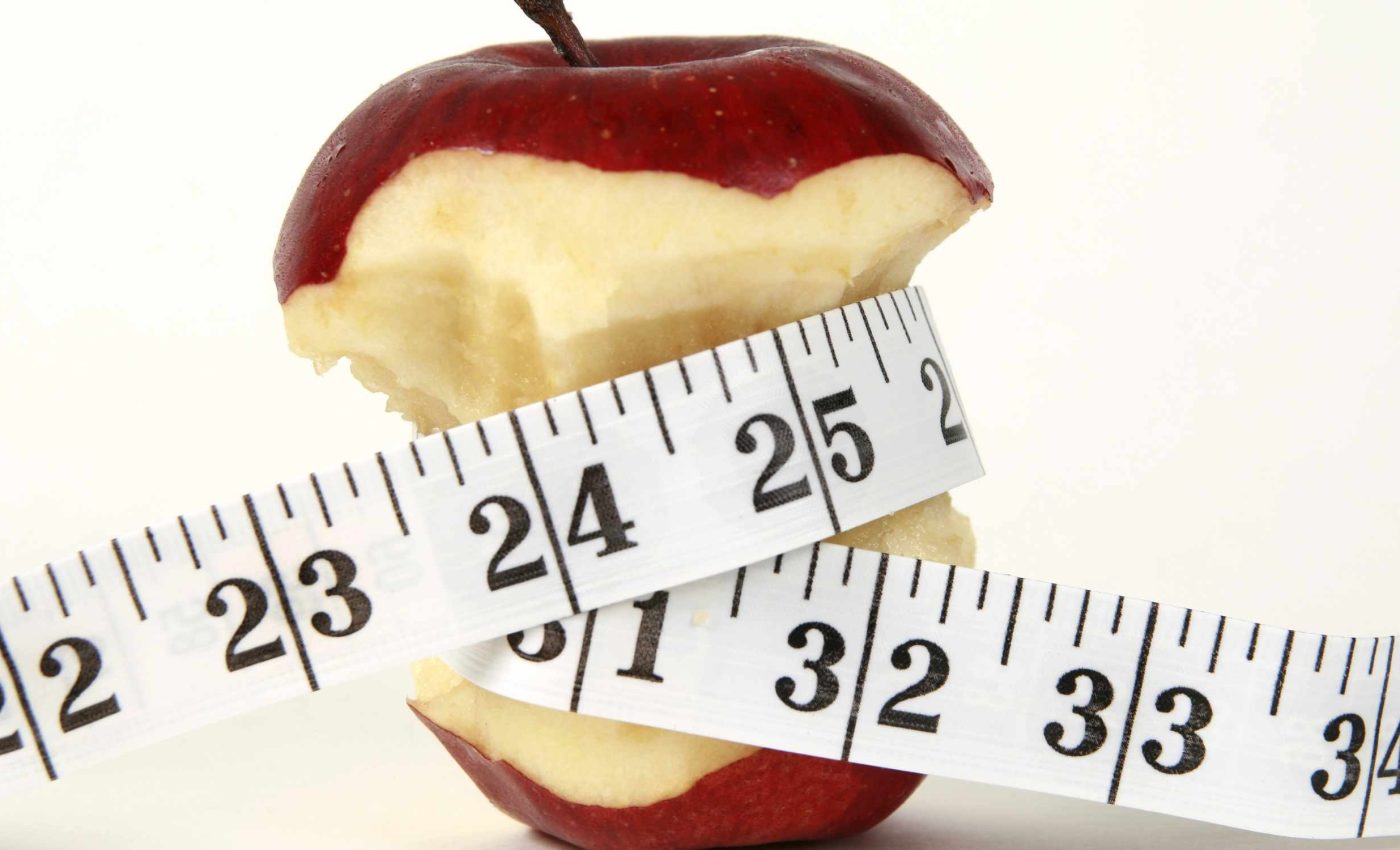
Switching to this type of food could help double your weight loss in 8 weeks
Most people trying to lose weight focus on calories, carbs, or steps. A new experiment points to something simpler, the level of processing in the food itself.
Researchers compared menus made mostly of minimally processed foods with menus built from ultra-processed foods, and they tracked what happened over 8 weeks.
The headline result, people eating the minimally processed plan lost nearly twice as much weight as those eating the ultra-processed plan, even though both plans followed the same healthy guidelines.
Food processing and diet
A new 2 by 2 crossover randomized controlled trial assigned 55 adults with overweight or obesity to two 8 week diets that both aligned with the UK Eatwell Guide.
One diet was built from minimally processed foods, and the other was built from ultra-processed foods, and participants could eat as much as they wanted.
The team measured percent weight change, body composition, blood markers, and appetite related scores while people lived at home. After the two diet periods, they compared each person’s results.
Samuel J. Dicken of University College London’s Centre for Obesity Research (UCL) led the investigation, working with clinicians and scientists across UCL and the UCLH Biomedical Research Centre.
How much weight people lost
Across 8 weeks, people on the minimally processed plan (MPF) lost about 2.06 percent of their starting weight, while those on the ultra-processed plan (UPF) lost about 1.05 percent.
The within person difference, a 1.01 percentage point edge for minimally processed eating, reached statistical significance.
“Findings indicate greater weight loss on MPF than UPF diets and needing dietary guidance on food processing in addition to existing recommendations,” wrote Dicken. The main result held up in multiple sensitivity checks reported by the authors.
Ultra-processed food
Ultra-processed foods are defined by the NOVA system as industrial formulations that mix extracted food substances with additives.
A practical guide explains that telltale ingredients include things not used in home kitchens, such as emulsifiers, colorings, and certain sweeteners.
Minimally processed foods are closer to their original state, like plain yogurt, oats, eggs, vegetables, and unseasoned meats.
Both categories can fit into a healthy diet, but the trial asked whether the degree of processing matters even when nutrition targets are met.
Why food processing matters
Earlier metabolic ward work helps explain the pattern.
In a tightly controlled inpatient study, adults ate about 500 extra calories per day and gained weight on an ultra-processed menu matched for nutrients, while they lost weight on an unprocessed menu.
Texture, energy density, and eating rate are part of the story.
A short whole room calorimeter experiment showed that when ultra-processed items were made very high in protein, people still tended to overeat, although they ate a bit slower and shifted energy balance in a favorable direction.
Both diets in the new trial obeyed the UK Eatwell Guide, which sets targets for fruits and vegetables, fiber, fats, and other basics. That matters because it shows the difference was not about ignoring national advice.
People lost weight on both diets, which suggests that simply moving toward guideline consistent eating can help.
Yet the minimally processed version produced larger changes, pointing to benefits beyond macronutrient goals.
What else changed in the body
Fat mass dropped more with the minimally processed plan, while the ultra-processed plan did not show significant fat loss despite some overall weight reduction.
Triglycerides fell more on the minimally processed diet, and people reported better craving control.
Low density lipoprotein, LDL cholesterol, decreased on the ultra-processed plan in this context, a nuance that reminds us nutrient profiles and reformulation can influence specific blood markers.
Blood pressure reductions favored the minimally processed plan in first period analyses, and adverse events were mostly mild across both menus.
Limits to keep in mind
The sample was mostly women, and the time frame was 8 weeks, so we should be careful about generalizing to every population or to long term outcomes.
Because it was a crossover, order effects appeared, and adherence was higher during the first diet block.
Food was provided and delivered, which boosts compliance but is not how most of us eat. Still, the free living design makes the results easier to apply to daily life than lab only studies.
Focusing on the degree of processing is a simple filter. When you have a choice between an item with a short ingredient list and one with cosmetic additives or isolates, the first option likely fits the minimally processed lane.
Keeping protein and fiber up with everyday foods like beans, eggs, fish, plain yogurt, oats, fruits, and vegetables can support fullness without relying on engineered snacks.
Reading labels for emulsifiers, colorings, and sweeteners helps you spot ultra-processed products quickly.
Food processing and human health
Large observational work links higher ultra-processed intake with health risks over time.
In a French cohort study, every 10 percent increase in ultra-processed foods was associated with a 14 percent higher risk of all-cause mortality after adjustments.
Those data do not prove cause and effect, but they match what controlled feeding trials have found about energy intake and weight.
Together, they suggest that choosing fewer ultra-processed items is a reasonable lever for people managing weight and long term health.
The study is published in Nature Medicine.
—–
Like what you read? Subscribe to our newsletter for engaging articles, exclusive content, and the latest updates.
Check us out on EarthSnap, a free app brought to you by Eric Ralls and Earth.com.
—–













